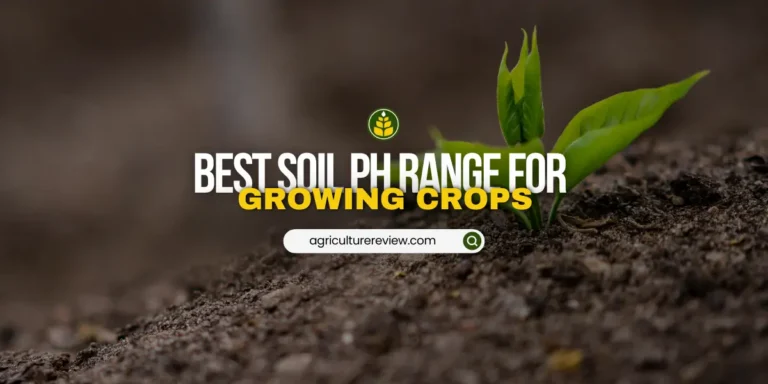If you are looking for NCERT Class 10 Geography Chapter 4 Agriculture question answer , then you are at the right page. It contains answers to all the questions given in the class 10 NCERT book. Reading and understanding these question and answers will help students in the CBSE Class 10 Board exams. Hence, read every points very carefully.
Class 10 Geography Chapter 4 Agriculture Question & Answer
Here are the solutions of questions given in Chapter 4, page number 48 in Class 10 NCERT geography textbook:
- Multiple Choice Questions
(i) Which of the following describes a system of agriculture where a single crop is grown on a large area?
a. Shifting Agriculture
b. Plantation Agriculture
c. Horticulture
d. Intensive Agriculture
Solution: b. Plantation Agriculture
(ii) Which one of the following is a rabi crop?
a Rice
b. Millets
c. Gram
d. Cotton
Solution: c. Gram
(iii) Which one of the following is a leguminous crop?
a. Pulses
b. Millets
c. Jawar
d. Sesamum
Solution: a. Pulses
2. Answer the following questions in 30 words.
(i) Name one important beverage crop and specify the geographical conditions required for its growth.
Coffee is an important beverage crop. It thrives in tropical regions with temperatures between 15-24°Celsius, abundant rainfall, and well-drained soil with pH ranging from 5 to 6.
(ii) Name one staple crop of India and the regions where it is produced.
Rice is a staple crop of India, produced across regions including the Gangetic plains, South India, Northeastern states, and Coastal areas supporting the country’s diverse cuisine and population.
(iii) Enlist the various institutional reform programmes introduced by the government in the interest of farmers.
Various institutional reform programmes introduced by the government in the interest of farmers are:
a. PM-KISAN: Direct income support.
b. E-NAM: Online agricultural markets.
c. FPOs: Strengthening farmer collectives.
d. MSP reforms: Enhancing price support.
e. Agricultural credit reforms: Improved access to loans.
f. Soil Health Card: Promoting soil fertility.
(iv) The land under cultivation has got reduced day by day. Can you imagine its consequences?
It can lead to:
a. Reduced agricultural land leads to food scarcity.
b. Increased prices of essential goods.
c. Threat to rural livelihoods.
d. Dependence on imports.
e. Pressure on existing farmland, potentially harming ecosystems
3. Answer the following questions in about 120 words.
(i) Suggest the initiative taken by the government to ensure the increase in agricultural production.
Various initiative taken by the government to ensure the increase in agricultural production:
a. Pradhan Mantri Krishi Sinchayee Yojana (PMKSY): Aims to provide efficient irrigation systems to ensure water availability for agricultural needs.
b. National Mission for Sustainable Agriculture (NMSA): Promotes sustainable farming practices, soil health management, and climate-resilient agriculture.
c. Rashtriya Krishi Vikas Yojana (RKVY): Supports states in increasing agricultural productivity and overall development of the agriculture sector.
c. Soil Health Card Scheme: Provides farmers with soil testing and recommendations for balanced fertilization.
d. Pradhan Mantri Fasal Bima Yojana (PMFBY): Offers crop insurance to protect farmers from crop losses due to natural calamities.
e. e-NAM (National Agriculture Market): Facilitates online trading of agricultural produce to ensure better price realization for farmers.
f. MGNREGA (Mahatma Gandhi National Rural Employment Guarantee Act): Provides rural employment, contributing to agricultural labor availability.
g. Paramparagat Krishi Vikas Yojana (PKVY): Promotes organic farming practices to enhance soil fertility and reduce chemical inputs.
h. Agricultural Extension Services: Government initiatives to educate farmers about modern techniques and technologies.
i. Warehouse Infrastructure Development: Enhancing storage facilities to reduce post-harvest losses.
(ii) Describe the impact of globalisation on Indian agriculture.
Impact of globalisation on Indian agriculture:
a. Market Access: Due to globalisation easy access to international markets has expanded agricultural trade opportunities for Indian farmers.
b. Technology Transfer: Globalisation has helped in the transfer of advanced farming techniques and technologies which resulted in better productivity.
c. Diversification: Farmers now cultivate cash crops for exports, altering traditional crop patterns and income sources.
d. Competition: Competition has increased due to globalisation, forcing farmers to enhance efficiency and quality.
e. Risks and Vulnerability: Fluctuating prices in the world can lead to income instability which can impact farmers’ livelihoods.
f. Agribusiness: Multinational corporations’ involvement has changed the mode of farming, it has now become an enterprise.
g. Land Use Change: Global demand for certain crops has led to shifts in land use, sometimes at the expense of sustainability.
h. Infrastructure Development: Export-oriented farming has prompted better infrastructure development in rural areas.
i. Livelihood Shift: Globalisation has driven migration as rural labour seeks opportunities beyond agriculture.
j. Policy Challenges: Balancing global trade with safeguarding farmers’ interests poses a policy challenge for sustainable agriculture growth.
I hope you have found solution of Class 10 Geography Chapter 4 Agriculture Question Answer, if still you have any doubts, comment below your ideas, suggestions and queries.



